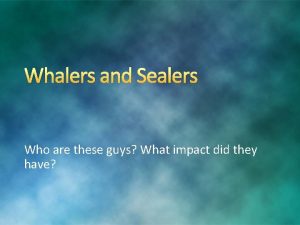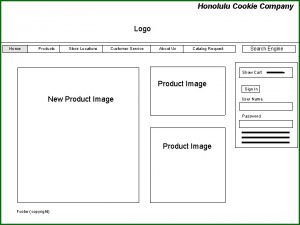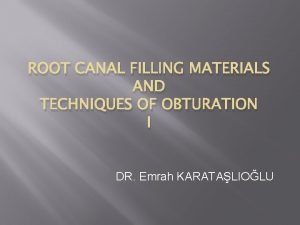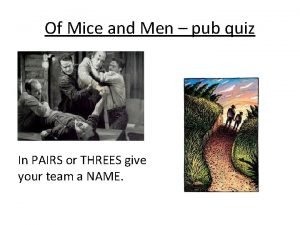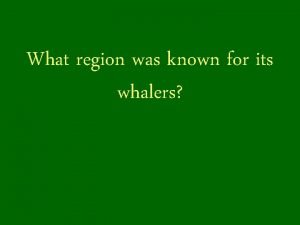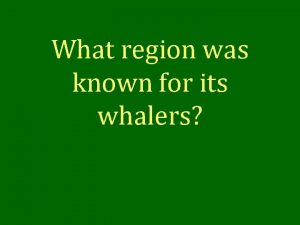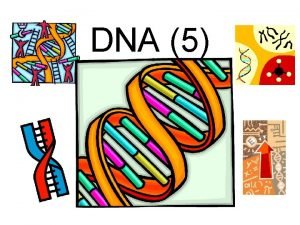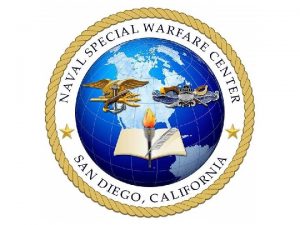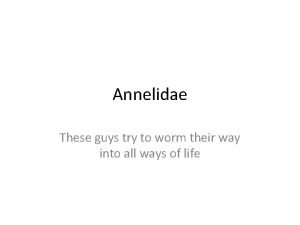Whalers and Sealers Who are these guys What













- Slides: 13

Whalers and Sealers Who are these guys? What impact did they have?

Why did Whalers and Sealers come to NZ? After Cook’s voyage to NZ, Europeans became aware of the natural resources here. The hunt for whales and seals marked the beginning of NZ trade with Great Britain, America and China.

Seals in NZ Sealing was geographically confined to the South Island; the Foveaux Strait, Fjiordland, Otago and later extending to the Campbell, Auckland Macquaire Islands. Sea lions and Sea elephants were hunted for their blubber which was used to make oil Fur seals were hunted for their pelts- used in clothing and hats.


Sealing Auckland Islands

Sealers first arrived in NZ in 1792, and the trade lasted through until the 1830 s. The season was November-May One shipment of seals could sell for up to 10, 000 Pounds. Over-exploitation and a drop-off in demand signalled the end of early commercial activity. In 1881 sealing was officially closed for 10 years.

Whaling Basics 2 kinds of whaling: Offshore/Deep Sea and Shore/Bay Whale oil was in demand for lighting. New Zealand was a convenient place to: Access fresh water Access food Rest and recreation Timber for repairs Labour Whaling began in NZ waters in 1791/92 and lasted until 1840.


Whaling in NZ Whalers were mainly from American and Great Britain. Australian whalers operated in NZ waters from the 1820 s and French and Portuguese Whalers arrived in the 1830 s. Whalers hunted sperm whales, which were of commercial value due to their blubber which was made into oil for lanterns and machine lubrication. Maori also found whales valuable and made ornaments and weapons from their bones and teeth. Deep sea whaling began to decline in the 1830 s

Where did whaling take place? Bay of Islands. This was an ideal location because it could meet all the needs of whalers. It had: A large Maori population to supply food, women and other needs (shelter etc. ) There was significant interaction between Maori and Pakeha here. Consequences? Negative- Kororareka (Russell) became known as the ‘Hell Hole of the Pacific’. Positive- opened up possibilities for trade, allowed Maori to travel abroad.

Impact of Whalers on Maori Bay whalers had a more significant impact on Maori. Why? Their shore stations covered extensive are of the country- not just the Bay of Islands Saw establishment of permanent settlements. Much more positive interaction between Maori and Pakeha- marriage, co-operation etc.

Kororareka- ‘The Hell Hole of the Pacific New Zealand lay outside any of the European/American nations sphere of influence and thus beyond the reach of their legal systems. Nga Puhi the Bay of Islands. Grog shops (alcohol) opened along the shoreline and were interspersed with brothels. Nga Puhi supplied the brothels with women. With no law in the town behaviour was neither limited nor moderated in any way. Fighting and Drunkenness (and Drunken Fighting) were common. More cultured observers gave the town the name ‘Hellhole of the Pacific’. For many the town represented all that was bad about European culture and was to be abhorred.

The ‘Hell Hole of the Pacific’
 Whalers and sealers
Whalers and sealers Mikael ferm
Mikael ferm Honolulu cookie company whalers village
Honolulu cookie company whalers village Explain when rtv and anaerobic sealers are recommended.
Explain when rtv and anaerobic sealers are recommended. Endofill for plants
Endofill for plants Classification of root canal sealers
Classification of root canal sealers Diaket composition
Diaket composition Endofill root canal sealer
Endofill root canal sealer Before and after puberty guys
Before and after puberty guys A girl and five guys
A girl and five guys Pub quiz pairs
Pub quiz pairs Hi guys how are you
Hi guys how are you Hello guys my name is
Hello guys my name is Guys vs men
Guys vs men
